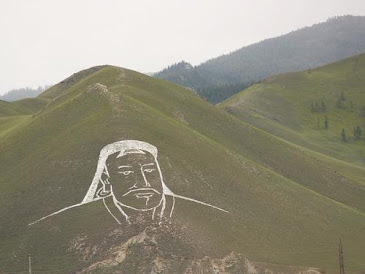The Gods of Thunder: A Comparative Study of Indra, Zeus and Thor

Recently i came across something quite interesting, let me share it with you So, who is Zeus? Zeus is a Greek god. He is the god of thunder and, according to Greek mythology, he fought with a great sea monster and killed it, thus saving the world. He is also known as god of thunder and the killer of this great sea monster. In the ancient Indian Vedic pantheon, there is the great god Indra (also known as king of gods) who was the most powerful god. He was the god of thunder and fought the great serpent Vritra, destroying it and thus saving the world. Vritra had encircled the oceans and the world was no longer able to access the water of the oceans. So, this great serpent, or dragon, had to be slain. Indra, the heroic and powerful thunder god, fought this dragon and destroyed it, earning the title of the "destroyer of Vritra". This is a theme that is seen throughout the Indo-European world, with a great thunder god who is also a hammer god and who destroys a great sea serpen...
